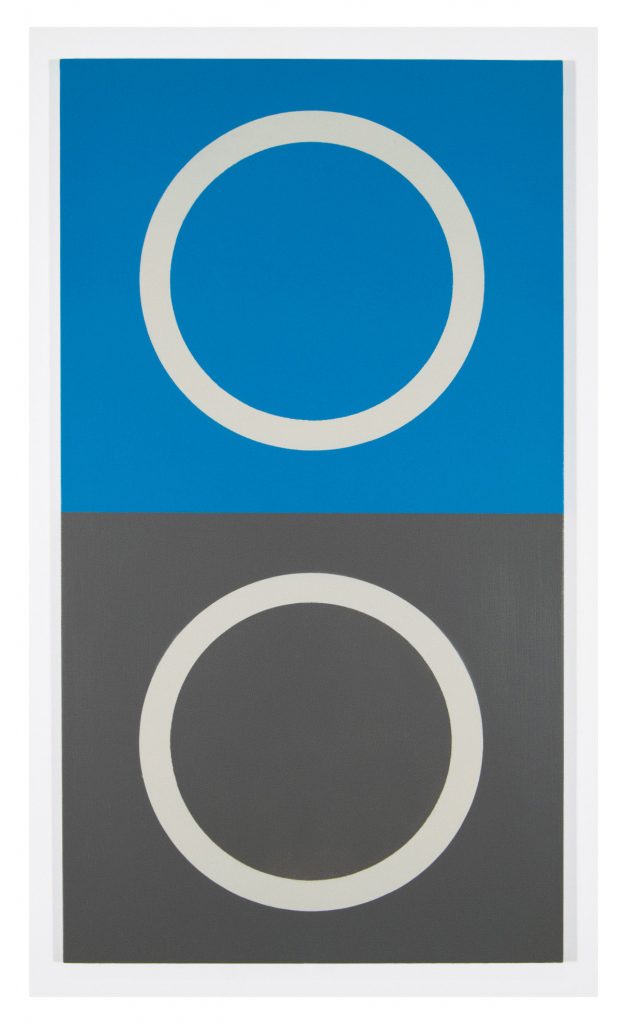Peter Atkins, Passengers, 2018-19, train ticket, rail, Melbourne trains, Melbourne rail, Mildura,
Summary
The Passengers No.1 is a series of six small-scale paintings by Peter Atkins that have been newly acquired for the City of Melbourne Art and Heritage Collection. Altogether, Atkins painted 36 works relating to his successful public commission for Metro Tunnel titled RAILway, which were installed along the Swanston Street hoardings at City Square.
The Passengers explores our collective social, cultural and personal narratives through the abstracted, obsolete designs of suburban train tickets issued between 1920 and the late 1980s, Atkins distils and strips away unnecessary details, focusing instead on the exquisite forms underneath each ticket. What is revealed is an extremely evocative collection of abstracted forms and colours that represent a complicated and fascinating visual coded language, a railway vernacular, that is particular to inner Melbourne, outer Melbourne and greater Victoria.
The Passengers continue Atkins’ interest in the appropriation and deconstruction of incidental, yet culturally loaded, readymade abstract elements from the real world. These incidental, almost nothing moments are amplified and recontextualised, celebrated as part of our collective social history. These tickets are like connectors, connecting us all through time and place -- to locations, events, friends and family in and around our beautiful city of Melbourne.
'Atkins does not intend to exaggerate the importance of an object, sign or symbol, instead he sets out to invest it with a new or altered meaning, in the process divesting (although never denying) it of its heritage. Like David Lynch’s cinematic vignettes of the small and banal, or Raymond Carvers vivid narrations of everyday feelings and occurrences. Atkins illuminates the extraordinary in the ordinary, quietly reassessing the familiar in order to endow it with the capacity for fresh understanding and renewed significance.’
Felicity Fenner

